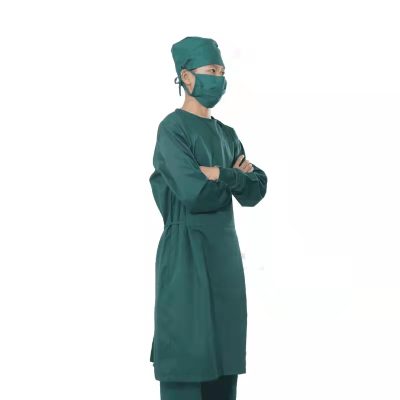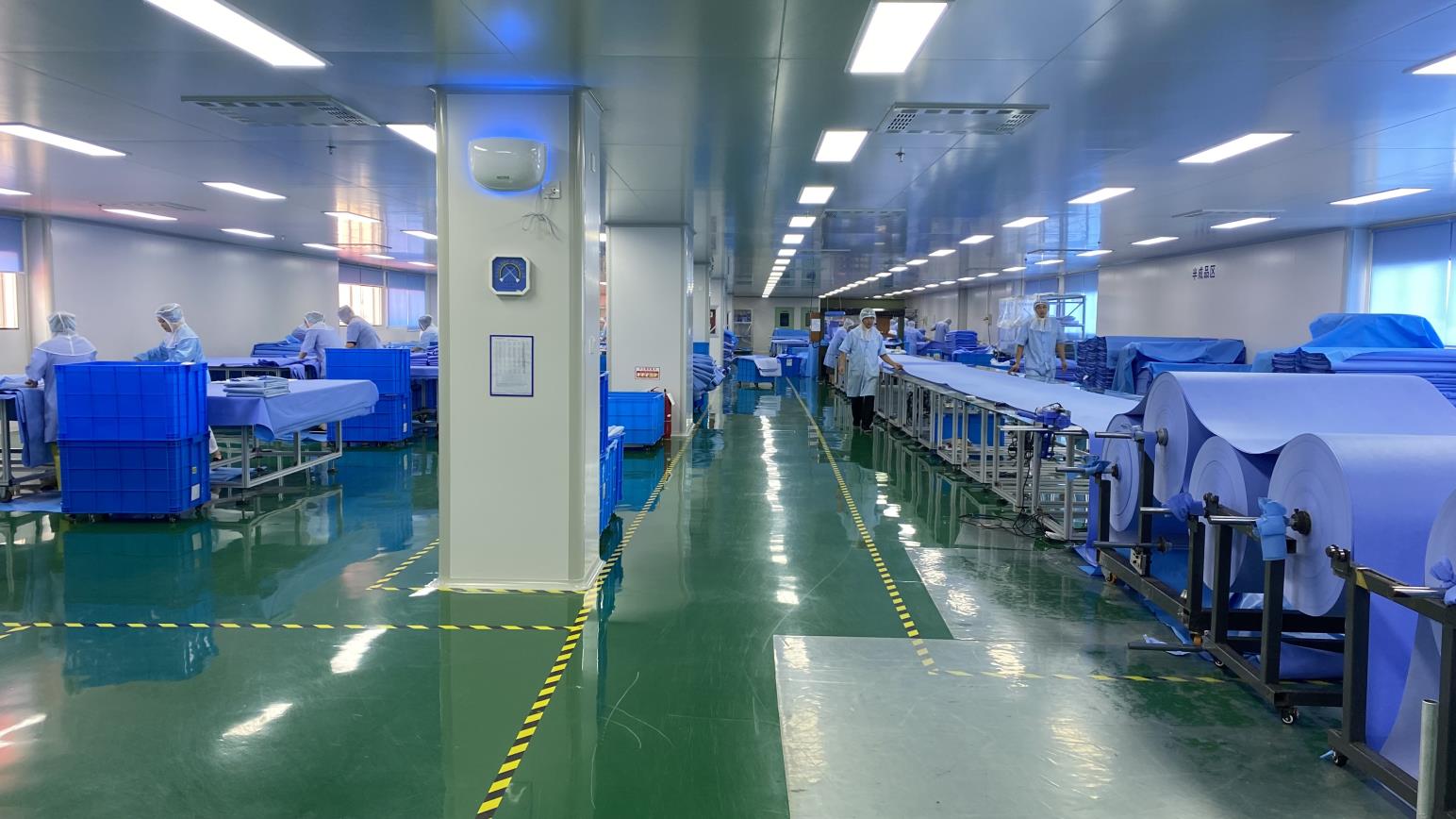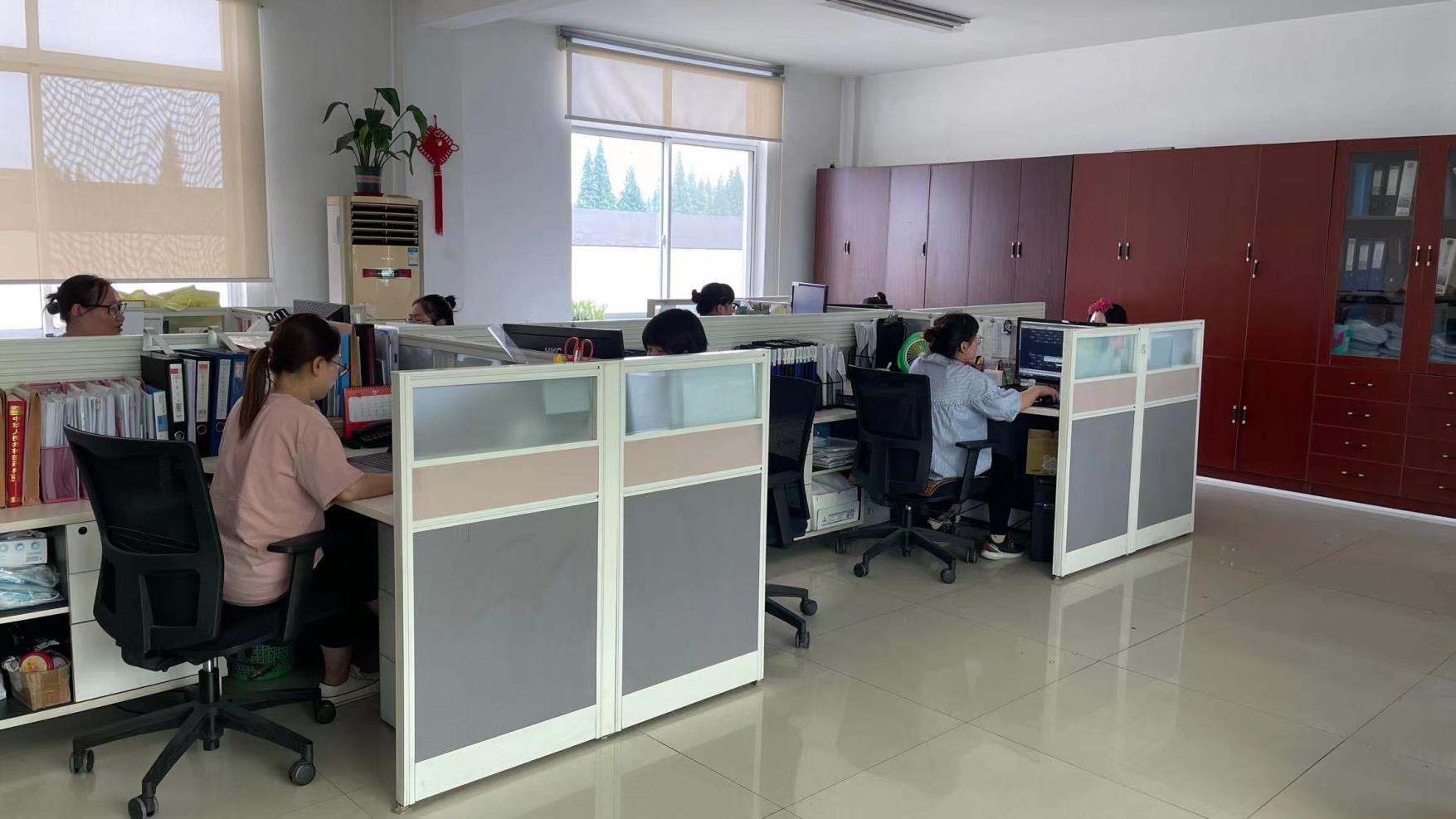





| Product name | Surgical Gown |
| Material | SMS |
| Color | BLUE |
| Size | OEM |
| Package | 1PC/STERILE POUCH |
| MOQ | 10PCS |
| Certificate | CE |
| Application | For surgeon ues |
| Sterilization Method | EO |
| Delivery time | 30 DAYS |
| Feature | Fluid Repellent High Barrier Performance Latex Free & Low Linting Adjustable Velcro Neck Fastner |
| Usage | Widely used in hospital operation room |
As a necessary protective clothing during surgery, surgical gowns are used to reduce the risk of medical staff being exposed to pathogenic microorganisms, and also reduce the risk of pathogenic microorganisms spreading between medical staff and patients. It is a safety barrier for sterile areas during surgical operations. . It can be used for surgical operation and patient treatment; epidemic prevention inspection in public places; disinfection in virus-contaminated areas; it can also be widely used in military, medical, chemical, environmental protection, transportation, epidemic prevention and other fields. Cotton surgical gown. The most widely used and most reliant surgical gowns in medical institutions have good air permeability but poor barrier protection. All cotton materials are prone to floc shedding, which makes the hospital’s annual maintenance cost of ventilation equipment also a big burden. High density polyester fabric. This type of fabric is mainly made of polyester fiber, and conductive substances are embedded on the surface of the fabric, so that the fabric has a certain antistatic effect, thereby improving the comfort of the wearer. This type of fabric has certain hydrophobicity, is not easy to produce cotton flocculation and has the advantages of high repeated use rate. This kind of fabric has good antibacterial effect.
Surgical gown is a special garment required by doctors to perform surgical operations. The material used needs to have protective properties and can block viruses and bacteria from invading medical staff. On the basis of requiring sterility, dust-free and disinfection resistance, it also requires bacteria isolation, antibacterial properties and comfort. After putting on the surgical gown, place your hands half-stretched in front of your chest to avoid touching people or objects around you. Hands should not be placed under the armpits, raised above the shoulders, or dropped below the waist. When the operation is completed and there is an operation, the roving nurse helps to untie the belt behind him, grab the collar of the surgical gown, and take off the clothes forward. Take off the folded part, grab the inside of the right glove with your left finger and take it off, spray disinfectant and put on the surgical gown again. After the surgical staff has washed their hands, disinfected and dried, remove the sterile surgical gown from the opened sterile surgical gown bag. Grab the two corners of the collar with both hands, with the inside facing you, find a spacious place to fully shake it, look at the entrance of the sleeve, toss it upwards, put your hands into the sleeves quickly, raise your arms straight forward, with the assistance of the visiting nurse Tighten the belt at the back, stretch out the cuffs with both hands, the roving nurse further fastens the collar and the back tie, and lifts the waistband with both hands crossed.










